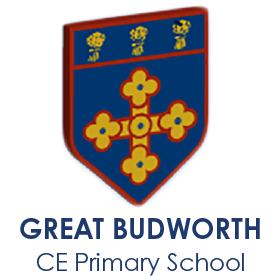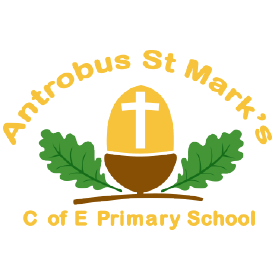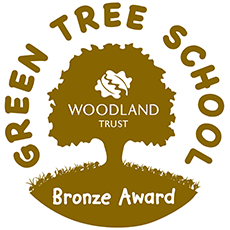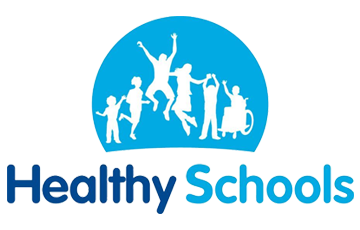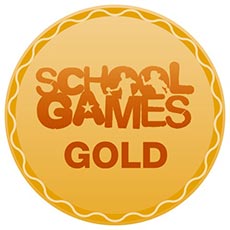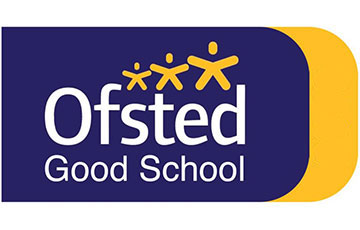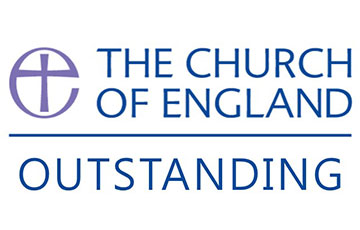Maths and Number

Maths
Autumn 1
We follow the White Rose scheme of learning this half term.
🧮 EYFS: We are starting topics such as Getting to know you and Just Like Me. Children will be exploring concepts of matching and sorting, developing and early understanding of similarities, differences and patterns through engaging play based actitivies.
📏 Year 1/2 Focus Areas: Place Value withing 10
Year 1 will be children are working on sorting and grouping objects based on attributes such as colour, size and shape. Through prractical activities and dicussion, children will:
Learn how objects can be sorted in different ways
Create their own criteria for sorting and classifying
Build confidence in recognising patterns and relationships
Develop early place value understanding
----------------------------------------------------------
Summer 1
We will continue to follow the White Rose scheme of work. EYFS 3D shapes; In this small step, children will learn to recognise and name cubes, cuboids, cylinders, pyramids, cones and spheres. They will recognise that whereas a 2-D shape is completely flat, 3-D shapes are solid objects.
Y1/2: Spring Block 6 Explore 3D shapes;
In this small step, children measure the lengths and heights of objects, using non-standard units of measure such as cubes or paper clips. It is important that children know that in order to measure the length of something, they need to use a consistent unit of measure. also, all children have access to TTRock Stars which they enjoy doing in school.
--------------------------------------------------------
Autumn 1
In Maths we will be teaching Year One and Two children together. Reception and Pre - School will also be taught together.
Reception and Pre - School putting a strong emphasis on match, sort and compare. In this small step, children are introduced to the concept of matching. They will start by matching physical objects with other physical objects.
We will provide many opportunities for children to recognise the attributes of 2cmiliar objects and point out how they are the same. Encourage children to say why they match and how they know. For example, children should recognise that two cars in the small world area are the same because they are both the same colour and have the same number of wheels.
It is important to also identify objects that do not match using the language ‘same’ and ‘different’ to extend children’s vocabulary. Opportunities for matching will naturally occur in all areas of the classroom. Through observations and play both inside and outside, recognise where children naturally match objects and point this out to the children.
Year One and Two children will learning about numbers to place value within twenty. The aim of this small step is for children to be able to fluently
count to 10 when counting objects, which is a skill both year groups should be 2cmiliar with. Focus on the five counting principles when assessing children’s ability to count accurately.
Parts and whole
In this small step, children develop their understanding of parts and wholes. Children will be encouraged to see that a whole group of objects can be composed of two or more parts and that a part-whole model is one way to represent this. Draw their attention to the 2cct that the parts cannot be bigger than the whole group.
----------------------------------------------------
Autumn 2
In Maths we will be teaching Year One and Two children together. Reception and Pre - School will also be taught together.
Reception and Pre - School putting a strong emphasis on Identify and name circles and triangles.
In this small step, children notice circles and triangles all around them and begin to describe their properties. Children may use informal language such as ‘pointy’ or ‘sharp’ to describe what they notice. They should also be introduced to mathematical language for describing the properties of circles and triangles, such as ‘sides’, ‘straight’, ‘corners’ and ‘round’. Children learn that triangles are flat shapes with three straight sides and three corners, and that circles are flat shapes which are perfectly round. When using physical representations of 2-D shapes, ensure that they are as thin as possible to support children’s understanding about them being flat.



Year One and Two children will be learning about the properties of shapes, children begin this block by recognising and naming both 2-D and 3-D shapes and differentiating between them. It is important that children have the chance to see and feel the shapes. They should begin to understand that 2-D shapes are flat and that the manipulatives they handle in class are representations of the shapes. Children should be able to recognise both standard and non-standard representations of 2-D and 3-D shapes. For example, they should notice that there is no such thing as an “upside-down triangle”; instead, it is just a triangle in a different orientation. As Year 1 children may struggle with spelling the names of 2-D and 3-D shapes, their focus will be on verbally naming and matching.
In this small step, children count forwards and backwards between 20 and 100 Children can explore oral counting through chanting games, such as “I count, you count”. This allows them to count from different starting points alongside their peers. Provide opportunities for them to hear the patterns in the sequence of numbers and to get used to the sound of the number names. Number tracks and hundred squares are useful representations for this step, and Year 1 children could use base 10 alongside a number track to support their understanding. Encourage children to point to the numbers written in numerals when counting, to help link the numeral to the sound of the number name.
--‐-‐‐--------------------------------------------------------
Spring 2
In Maths we will be teaching Year One and Two children together. Reception and Pre - School will also be taught together.
Maths
We will continue to follow the White Rose scheme of work. EYFS Mass and Capacity: In this small step, children build on their learning of simple comparisons from the autumn term to now make more precise comparisons using different units. Children may still be more 2cmiliar with the word ‘weight’ and there is no harm in using this interchangeably with the word ‘mass’. Children will become more 2cmiliar with using balance scales and distinguish between the different quantities on either side. Use different kinds of scales so children do not think there is only one way to compare mass.
Y1/2: Spring Block 2 Multiplication and division
In this small step, children explore counting both forwards and backwards in 2s, 5s and 10s. Children will need lots of practice to embed this skill. Start by practically exploring counting in 2s using things that come in pairs, such as socks. For counting in 5s, representations such as arms on a starfish or a dice showing 5 are useful, All children have access to TTRock Stars which they enjoy doing in school this is a great way to help your child become confident with their times tables.
.png)
